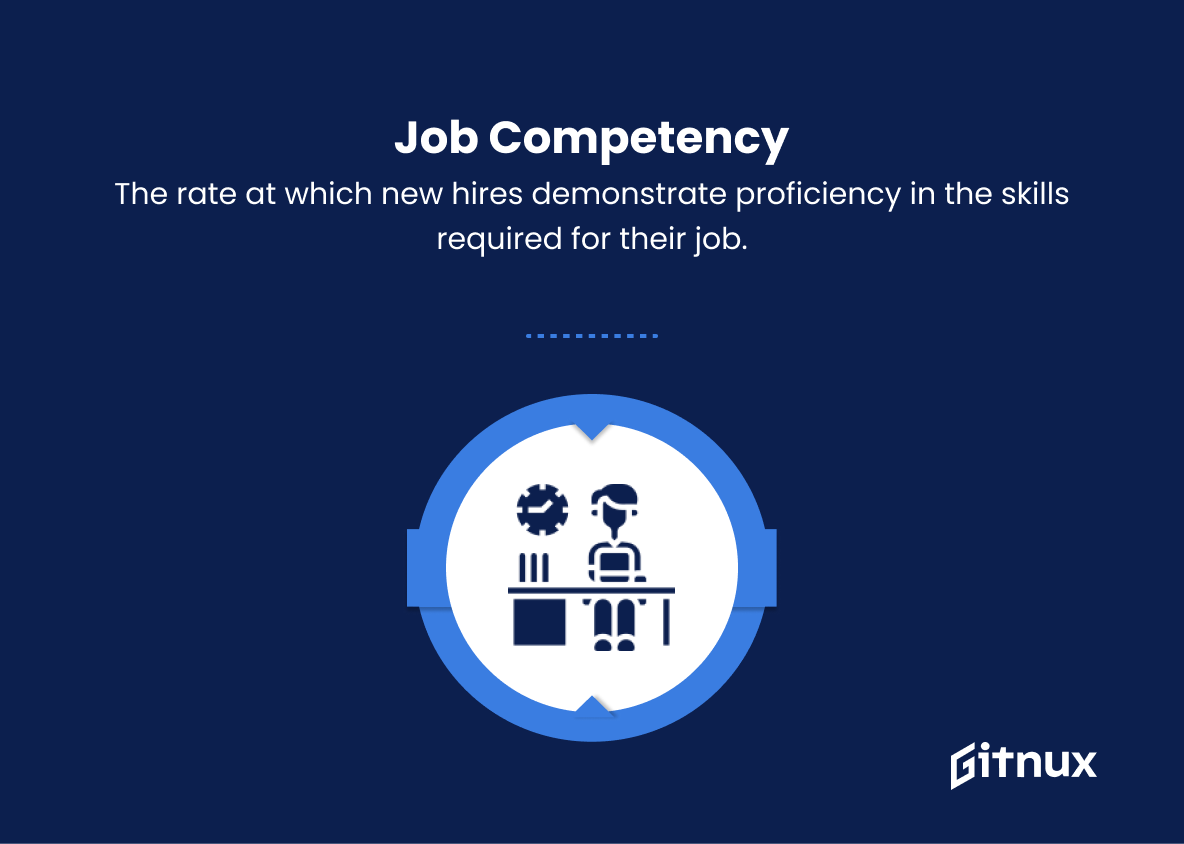In today’s highly competitive business landscape, it’s essential for organizations to effectively integrate new employees into their workforce. Employee onboarding is the critical process of familiarizing and engaging new hires with the company’s culture, expectations, and operational procedures. Proactive organizations recognize that it is not enough to merely hire talented individuals, but also to ensure their successful transition and long-term retention.
Consequently, employee onboarding metrics have become indispensable tools to assess and improve the overall efficiency and success of the onboarding process. In this blog post, we will delve into the value of tracking employee onboarding metrics and explore the key performance indicators that every organization should monitor to create a thriving work environment for their new hires.
Employee Onboarding Metrics You Should Know
1. Time to Productivity
The time it takes for a new hire to become fully productive in their role. This helps organizations assess the effectiveness of their onboarding process and training programs.
2. First-Year Attrition Rate
The percentage of new hires who leave the organization within their first year. This can indicate the effectiveness of the onboarding process, employee engagement, and whether new hires are a good fit for the organization.
3. Onboarding Satisfaction
A measure of new employee satisfaction with their onboarding experience, usually gathered through surveys. High onboarding satisfaction can lead to increased engagement and lower attrition rates.
4. Job Competency
The rate at which new hires demonstrate proficiency in the skills required for their job. This indicates the effectiveness of training programs and onboarding materials.
5. Time to First Review
The time it takes for an employee to receive their first performance evaluation. This can help organizations identify potential issues and make adjustments to their onboarding process.
6. Cost Per Hire
The total cost of hiring a new employee, including job advertising, recruitment, and onboarding expenses. A lower cost per hire can indicate an efficient and cost-effective onboarding process.
7. Training Completion Rate
The percentage of new hires who complete their assigned training modules during onboarding. This shows how effective the onboarding materials are in engaging and educating employees.
8. Social Integration
The success of new hires in building relationships and establishing networks within the organization. Social integration can contribute to job satisfaction, engagement, and overall retention.
9. Mentorship Program Participation
The number of new hires who participate in a mentorship program. This can help organizations measure the success of their mentorship programs and their impact on employee onboarding.
10. Time to First Promotion
The length of time it takes for a new employee to be promoted for the first time. This metric can indicate the success of the onboarding process in preparing employees for career advancement.
11. Compliance Training Completion
The percentage of new hires who complete mandatory compliance training within a given timeframe. This is important for ensuring that new employees understand and adhere to company policies and regulations.
12. New Hire Performance Scores
The average performance evaluation scores of new hires at specific milestones, such as 30, 60, or 90 days after they start. This can help organizations gauge the success of their onboarding efforts and identify areas for improvement.
Employee Onboarding Metrics Explained
Employee Onboarding Metrics play a crucial role in evaluating the effectiveness and efficiency of the onboarding process and training programs in an organization. They help organizations assess the time it takes for a new hire to become fully productive, the attrition rate within the first year, and satisfaction levels during the onboarding process. Furthermore, they provide insight into the new hires’ job competency, the cost of hiring, training completion rates, social integration, and participation in mentorship programs.
Additionally, these metrics enable the tracking of time taken to achieve first promotion, completion of compliance training, and overall new hire performance scores at various milestones. By monitoring such key performance indicators, organizations can identify potential issues, make necessary adjustments, and optimize their onboarding strategies to ensure new employees are well-equipped and engaged, leading to a successful long-term relationship with the company.
Conclusion
In summary, effective employee onboarding metrics are imperative to the success and growth of any organization. By prioritizing key performance indicators such as time-to-productivity, satisfaction rates, and retention levels, businesses can optimize their onboarding processes and equip their new hires with the tools and knowledge they need to thrive. With consistent tracking, evaluation, and improvement of these metrics, organizations will empower employees, strengthen team dynamics, and ultimately, drive better overall performance. Efficient employee onboarding is a critical investment for the long-term success for both the employee and the organization, and it should never be underestimated.













